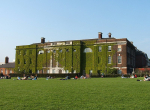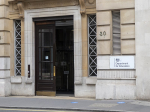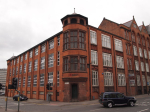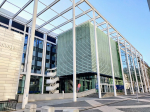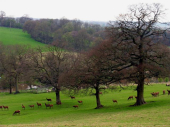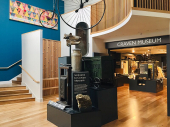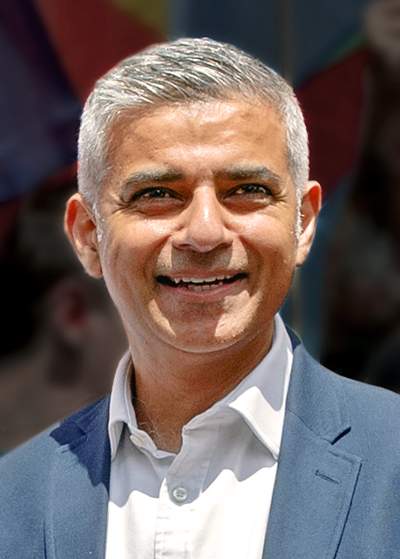
Culture organisations across the country are being encouraged to take steps to be more sustainable thanks to an innovative new guidebook supported by the Mayor of London, Sadiq Khan.
The Arts Green Book: Sustainable Buildings provides organisations with clear, structured guidance to help make cultural buildings – which can be major carbon emissions contributors – more sustainable.
The Mayor and Arts Council England have supported Renew Culture and Buro Happold, authors of the Theatre Green Book launched in 2021, to create the guide to help all culture sectors be more sustainable.
It provides guidance across all sectors of the cultural industry from museums and galleries to music venues, cinemas and libraries. Aimed at owners, operators and renters of cultural spaces, it explains the purpose of pursuing sustainability, is open about the hurdles it presents, and breaks down actions into clear, logical steps. These includes three practical steps towards becoming more sustainable:
- BE LEAN – retrofit walls and roofs to lose less energy
- BE CLEAN - retrofit services systems to use less energy
- BE GREEN - draw energy from renewable sources
The guidebook will provide the UK’s cultural sectors with the tools they need to accelerate urgent journey towards net zero, and has been developed through intensive consultation and feedback with cultural organisations of all sectors and scales, and in collaboration with global sustainability experts Buro Happold.
This is the latest in a series of steps taken by the Mayor to support the culture and creative industries in becoming more sustainable. Last month, the Mayor’s London Business Hub published a guide for opening, running and growing a cultural or community space, including practical advice to help organisations more sustainable. In September he pledged £1.2m to London’s nine Creative Enterprise Zones encouraging them to become greener and providing creatives with energy efficient workspaces across the capital. He also declared a ‘retrofit revolution’ in 2021 with a package of measures to create ultra-low carbon buildings, tackle the climate emergency and create green jobs.
Deputy Mayor of Culture and the Creative Industries, Justine Simons OBE, said:“Getting to net zero is everyone’s responsibility. So it’s brilliant to see this clear practical guide alongside great leadership from across the arts, driving us towards sustainability. It’s a really important part of our work to build a greener, better London for everyone.”
Paddy Dillon and Lisa Burger, Directors of Renew Culture said: “We’re immensely excited to launch the Arts Green Book: Sustainable Buildings, which we believe will transform UK culture’s response to the climate emergency.”
Andrew Wylie, Partner at Buro Happold, said: “We are very excited about the introduction of The Arts Green Book. Having worked extensively within the cultural sector to support theatres through their sustainability journey, this latest publication has been written specifically for art galleries, museums and cultural venues focusing on the journey to achieving sustainable buildings. Broad reaching and freely available, The Arts Green Book is a melding of industry expertise purposefully brought together to empower change and equip the sector as it tackles this critical issue. I believe that with dedicated adoption, this book has the potential to accelerate the UK Cultural Sector’s response to the Climate Emergency.”
Neil Darlison, Director, Theatre, Arts Council England, said: “Arts Council England are delighted to support the publication of the Arts Green Book: Sustainable Buildings. This practical and accessible guide will be a vital resource for the industry in responding to environmental responsibility, a crucial part of our ten year strategy, Let’s Create. We appreciate how enthusiastic organisations are to engage in sustainable practice and to find low carbon solutions in their work; this new book will support a broader range of cultural buildings, including museums, performance spaces and libraries, to be able to respond to the climate emergency.” Photo by Katy Blackwood, Wikimedia commons.










